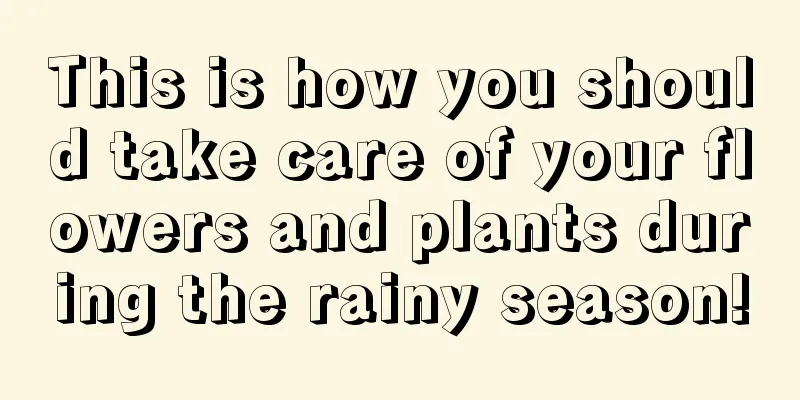The growing environment and local conditions of Bletilla striata

Bletilla striata growth environment and conditionsBletilla striata is more suitable for growing in a warm environment and is more common in valleys and forest areas. When caring for it, it needs sufficient sunlight, but avoid strong sunlight in summer. Its main production areas are southwestern Guizhou, southern Shaanxi, Lianyungang, Nantong, Nanjing and other areas. Bletilla striata growth conditionsBletilla striata likes warm and cool environment and is slightly cold-resistant, but it is more shade-tolerant. When caring for it, it is necessary to avoid direct sunlight. When planting, sandy loam containing more humus is generally used. Growth temperature of Bletilla striataBletilla striata is a warm-blooded plant. When it grows, the annual average temperature needs to be maintained between 16 and 20 degrees. It has good resistance to high temperatures and low temperatures, and can grow briefly at 40 degrees and minus 3 degrees. The growth process of Bletilla striataThe growth cycle of Bletilla striata is relatively long. It takes about 4 years from planting to harvesting. Its flowering period is from April to May, and its fruiting period is from July to September. However, its growth rate is slow, and it can only grow two or three tubers in two years. Therefore, it needs sufficient sunlight and appropriate watering when caring for it. Bletilla striata planting time and methodThe planting time of Bletilla striata is early March. A few areas will choose to plant it in autumn. It is generally planted after the seeds are harvested. The northern regions have to wait until the temperature rises next year. The land should be prepared in advance for planting, including weeding, turning, trenching, pest control and fertilization. Management needs to be strengthened after planting to ensure seed germination. |
<<: Bamboo's growing environment and local conditions
>>: Rice growing environment and local conditions
Recommend
What to plant in January
1. Cabbage You can plant some cabbage, but in ord...
What crops are suitable for paddy fields? What are the economic crops suitable for paddy fields?
Paddy fields are a better planting location for c...
How often should I water Chlorophytum comosum in summer? What is the best way to water it in summer?
Frequency of watering Chlorophytum comosum in sum...
Now you can just scatter some seeds and you don’t have to buy vegetables for half a year!
Peas 1. Select healthy and plump peas and soak th...
Can pepper trees be pruned? When is the best time to prune?
Pepper trees can be pruned , and the timing of pr...
The best time to peel garlic seeds
When planting garlic , whether it is necessary to...
Put a fish in the hydroponic bottle, the roots will be fertile, the leaves will be green and insects will not be attracted!
Why do hydroponics breed insects? Water sources a...
The correct way to use eggs to grow flowers will ensure that your flowers are large and colorful and do not attract insects
Common methods of growing eggs 1. Put the cracked...
How to grow the silkworm
1. Sufficient sunlight During the growth stage, s...
Cultivation methods and precautions of annual holly
1. Maintenance methods 1. Light management: Durin...
How to water and fertilize ginger lotus?
About watering How to water when planting Althoug...
When is the best time to plant autumn cowpea?
Cowpea is what we often call beans. It is a commo...
How to grow Toffee succulent
The Toffee succulent is a hybrid of the Silver Br...
How to make aloe vera leaves thicker
1. Breeding methods 1. Soil: The roots of this ty...
How to grow Mimosa
Mimosa growing conditions Mimosa prefers a warm, ...









